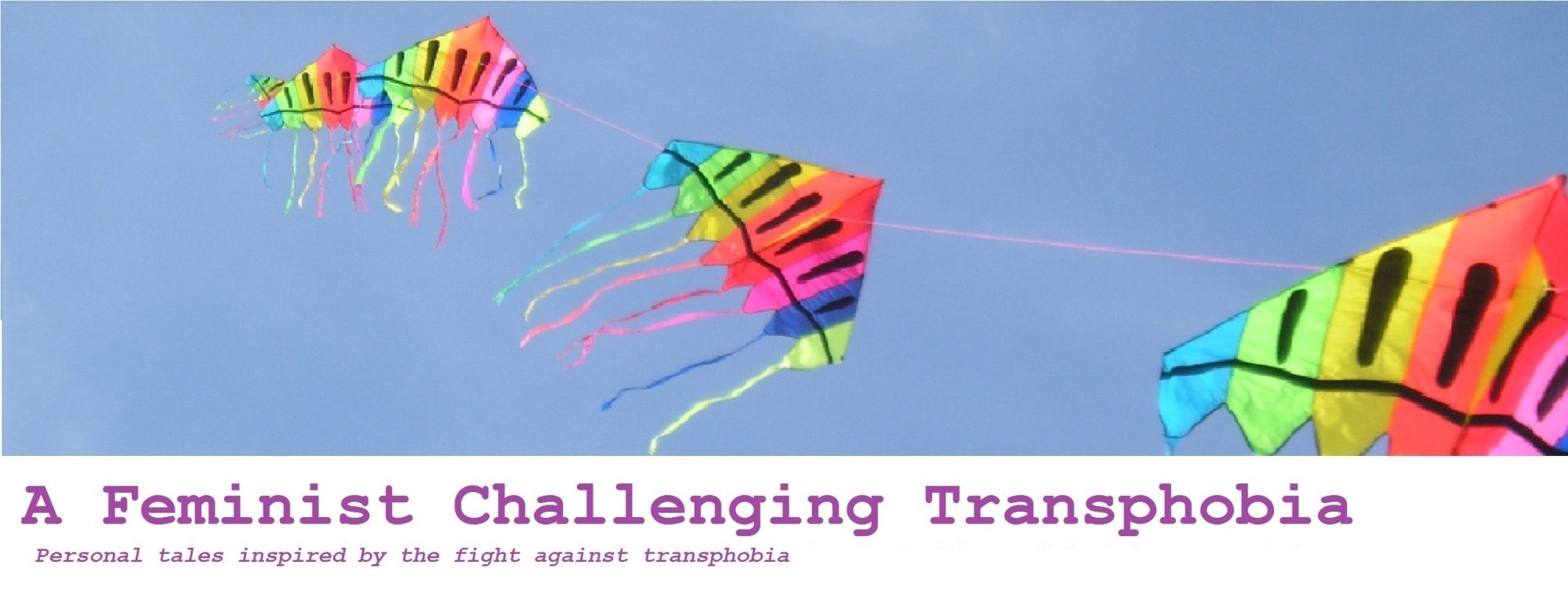This morning I woke up to news of David Bowie’s death and felt a profound sense of personal loss. As a child of the seventies, Bowie had been a part of my life almost from day one.
One of my earliest memories is of seeing Bowie as Ziggy Stardust and falling completely in love. I was about three years old, and already having a complicated relationship with gender, which manifested in my continually removing the pretty grips my mother put in my hair and “losing” them in the garden. I can still recall seeing David Bowie’s made-up face on the TV, trying to work him out. I remember the thrill I got when I realised he was a man. David Bowie whispered something to me about gender difference that was compelling even at that tender age.
I look back across his life and see that Bowie was both a gender pioneer, and a mirror of the times. In one of the earliest media clips of Bowie, he is challenging the expectation that men should conform to gender stereotypes, as part of “The Society for the Prevention of Cruelty to Long-haired Men”. It really is worth a watch, if only to see the kinds of conventions he was up against at the time:
A window opened up in the late sixties and seventies around gender liberation and queerness and Bowie jumped straight through it, dazzling us with the way he flaunted conventions of gender and sexuality. We will always be left to wonder how much of his gender variant expression and open bisexuality was a calculated performance and how much was an expression of his authentic self; but whichever it was, he did an immense amount for the visibility of bisexual and gender variant people, and gave hope to young queers like myself.
But, as if to prove that progress doesn’t just roll smoothly onwards, the 1980’s happened, with a new conservatism, a backlash against the LGBT community, and of course the AIDS crisis. At this point even Elton John was married to a woman, and Bowie started showing up in suits, the image of respectability. He then claimed that coming out as bisexual had been “a mistake” that was bad for his career. But there was a knowingness in his cultivated image even then; he made us look at ourselves and where we had got to. If even David Bowie is wearing a suit, god help us!
I was a teen in the 80’s, and this social regression at such a formative time made who I was seem almost impossible. I hid myself under roles as conventional as Bowie’s suits, and bided my time.
The gay world recovered considerably from the crisis of the eighties, but I’m not sure gender variance did in the same way, because while Elton John is now happily married to a man, a figure like Bowie becoming as iconic and successful while turning gender performance on its head seems even less likely now than it did in the year of my birth.
But the 2010’s have given gender variance a resurgence, the hint of new possibilities. And there was Bowie right in the middle of it all again, cross-dressing with Tilda Swinton in a perfect image that encapsulates so much about the gender story of both these icons:
And then there was that amazing V&A retrospective on Bowie in 2013 reminding us of what had once been possible, whispering that perhaps it could be again.
It’s no surprise then that this has also been the decade when I came out fully about my own gender. Visibility begets visibility, makes it possible to be seen and at least partially understood. Bowie did not show me the way this time – rather, we were both riding the same wave. Many social movements follow this pattern – revolution, backlash and regression, and ultimately, integration. Whatever his motivations, Bowie was part of that revolution, inspiring generations and showing us a different way. At the very least he was a public, visible symbol of an important change that was happening.
Bowie also had many very problematic moments that we 100% need to acknowledge, such as sex with an underage groupie and a drug-fuelled brief fascination with fascism. And if you want to know if it’s still okay to admire aspects of Bowie after reading this, try this article on “How to be a fan of problematic things“.
Intriguing and compelling to the last, I feel huge loss for this man who showed me an image of masculinity that was a million miles from the buttoned-up rigidity of my military family. Thank you, David Bowie, for showing me other ways of being a man.

![[image: Ziggy Stardust perches with mic on edge of stage, wearing a playsuit - black and white image]](https://feministchallengingtransphobia.files.wordpress.com/2016/01/bowie.jpg?w=219&h=300)
![[image: Black and white image of Tilda Swinton dressed as David Bowie and David Bowie dressed as Tilda Swinton]](https://feministchallengingtransphobia.files.wordpress.com/2016/01/david-tilda.jpg?w=181&h=300)